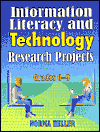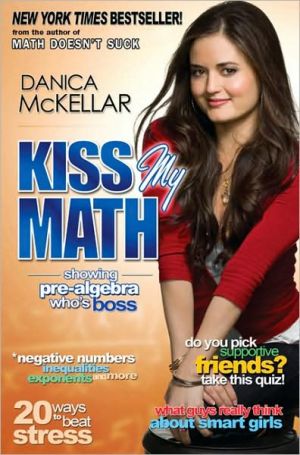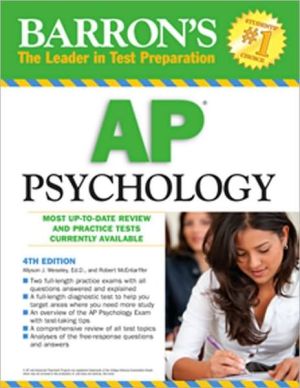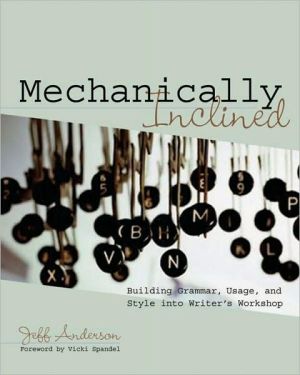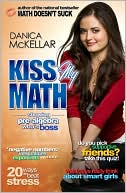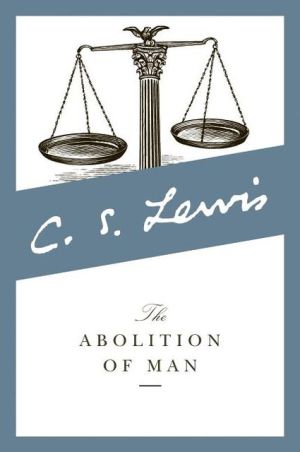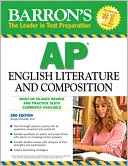Information Literacy and Technology Research Projects: Grades 6-9
When it comes to guiding students through the big end of the term paper or presentation, sometimes it's hard to know where to start, much less how to keep students on course once you get the ball rolling. These long-term projects culminate in products or presentations that nurture the information literacy skills students need to become self-directed learners. Students are educated, hands-on, about the many roles information technology can play in their search for knowledge. Brainstorming,...
Search in google:
When it comes to guiding students through the big end of the term paper or presentation, sometimes it's hard to know where to start, much less how to keep students on course once you get the ball rolling. These long-term projects culminate in products or presentations that nurture the information literacy skills students need to become self-directed learners. Students are educated, hands-on, about the many roles information technology can play in their search for knowledge. Brainstorming, strategizing, writing, critiquing, and oral communication skills are strengthened through these collaborative problem-solving projects. In each chapter, problems or issued presented for research integrate many curriculum areas. Students walk away from each completed task with a greater ability to ask the right questions and locate the best, most accurate, and timely answers. VOYA Packed full of ideas for integrating technology into the curriculum, this book of lesson plans, complete with checklists and assignment sheets, includes formats for information gathering. Teachers always are borrowing ideas from one another, from the materials they gather at conferences, from books, and recently, from the Internet. With the information explosion of the Internet and the increasing numbers of periodicals and books published each year, even the well-informed teacher can feel desperate about pulling it all together. Heller's book is both help and hindrance. The nine research topics presented are broad enough to fit into any curriculum, from science to visual arts. On the one hand, they integrate writing and technological skills while stressing the research process and the evaluation of resources—information literacy. Heller includes a list of suggested Web sites for each project and wisely suggests that the teacher review the list before suggesting sites for student use. Any one of the projects should produce well-informed information consumers. On the other hand, although appearing to present nine complete research lessons, the book requires that the teacher take bits from various lessons to create a whole piece of research. For example, only the first two lessons include an activity that teaches evaluation of Web sites. Perhaps the lessons are sequential, and a given piece does not need repetition in later lessons. These projects are large, with elegant products, however, and are unlikely to be done all in one year or even over three years. It would be helpful to refer the teacher choosing "Art and the Environment" back to the evaluation sheet found in the"Propaganda" chapter. A common sequence and standard procedure for research can be gleaned from the lessons but might have been better separated from them. Index. Appendix. 2001, Libraries Unlimited, 205p, $32 Oversize pb. Ages 12 to Adult. Reviewer: Lynne Hawkins SOURCE: VOYA, August 2001 (Vol. 24, No. 3)
\ VOYAPacked full of ideas for integrating technology into the curriculum, this book of lesson plans, complete with checklists and assignment sheets, includes formats for information gathering. Teachers always are borrowing ideas from one another, from the materials they gather at conferences, from books, and recently, from the Internet. With the information explosion of the Internet and the increasing numbers of periodicals and books published each year, even the well-informed teacher can feel desperate about pulling it all together. Heller's book is both help and hindrance. The nine research topics presented are broad enough to fit into any curriculum, from science to visual arts. On the one hand, they integrate writing and technological skills while stressing the research process and the evaluation of resources—information literacy. Heller includes a list of suggested Web sites for each project and wisely suggests that the teacher review the list before suggesting sites for student use. Any one of the projects should produce well-informed information consumers. On the other hand, although appearing to present nine complete research lessons, the book requires that the teacher take bits from various lessons to create a whole piece of research. For example, only the first two lessons include an activity that teaches evaluation of Web sites. Perhaps the lessons are sequential, and a given piece does not need repetition in later lessons. These projects are large, with elegant products, however, and are unlikely to be done all in one year or even over three years. It would be helpful to refer the teacher choosing "Art and the Environment" back to the evaluation sheet found in the"Propaganda" chapter. A common sequence and standard procedure for research can be gleaned from the lessons but might have been better separated from them. Index. Appendix. 2001, Libraries Unlimited, 205p, $32 Oversize pb. Ages 12 to Adult. Reviewer: Lynne Hawkins SOURCE: VOYA, August 2001 (Vol. 24, No. 3)\ \ \ \ \ School Library JournalA collection of nine long-term collaborative projects in which students are required to use many research and reporting skills. Helpful assessment checklists allow students to be held individually accountable for group projects. The descriptions are broken down into manageable chunks to ensure step-by-step success. Each project requires critical thinking and offers a creative way for researchers to present their findings. For example, a propaganda unit ends with the creation of a student-made video. The biome unit ends with making a class database to compare findings. Heller provides enough detail for teachers and library media specialists to plan effective units based on research skills and content from the curriculum and many take on a multidisciplinary approach. Useful lists of Web sites with annotations are included, but there are no lists of books. Permission is issued to individual librarians and educators to copy the worksheets for classroom use. A useful resource to help break down a long-term project into pieces that are practical and helpful.-Sandra L. Doggett, Urbana High School, Ijamsville, MD Copyright 2001 Cahners Business Information.\ \ \ From The CriticsSpecifically designed for students grades 6 to 9, Norma Heller's Information Literacy And Technology Research Projects guides the classroom curriculum through the entire process from research assignments to ongoing evaluation and producing of the final product. These long-term projects (and the numerous simpler activities within each of them) nurture the information literacy skills students need to become self-directed learners. These col-laborative problem-solver projects teach and strengthen the strategies of brainstorming, strategizing, writing, critiquing, and oral communication. Information Literacy And Technology Research Projects is an invaluable addition to middle school librarian and teacher resources and references, as well as the home schooling parents of middle school aged children..\ \
